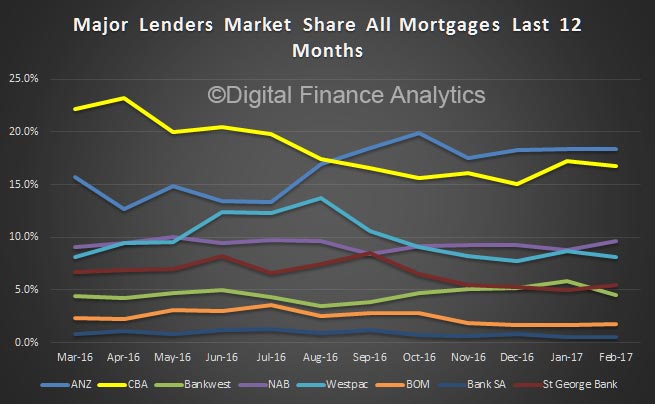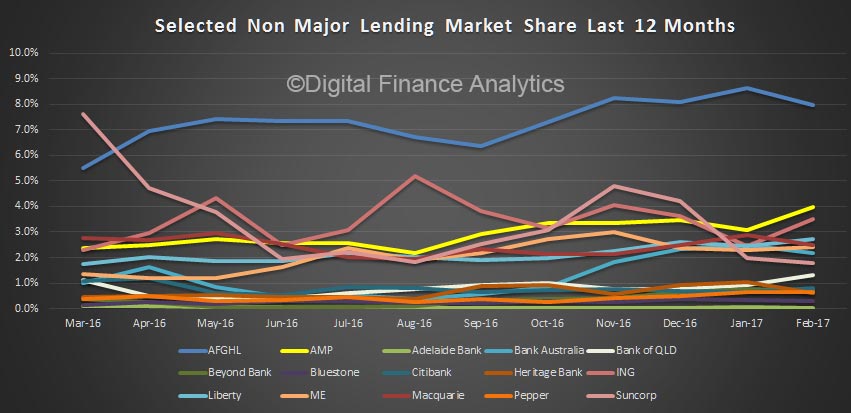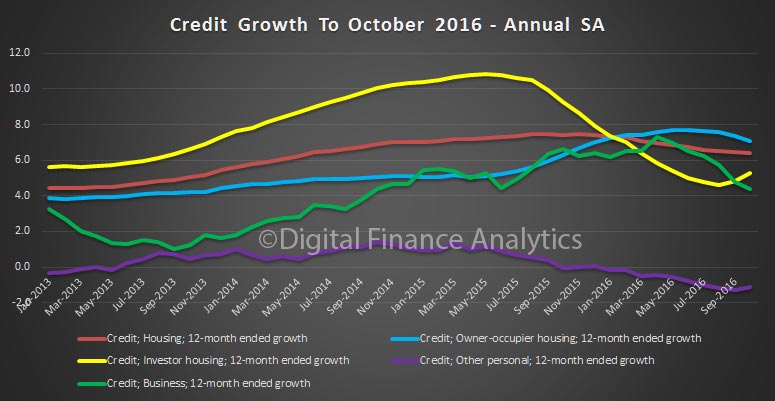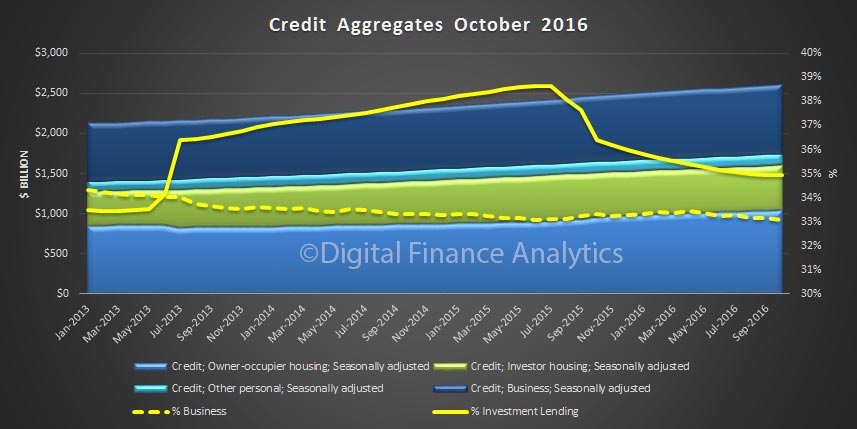Startups like Afterpay that allow consumers to “instantly” borrow money for purchases are using a business model that has been around for centuries
It’s called “factoring” of accounts receivables. This is when a company sells its accounts receivables (money owed for a good or service that has already been delivered) to a lender, typically at a discount.
Typically, factoring arrangements are between a business and a lender, with the customer being oblivious to the arrangement. Afterpay’s innovation was to turn this centuries-old, back-office financial arrangement into something customer-facing.
In 2016-17, Afterpay generated about A$23 million in fees from retailers and another A$6.1 million in late fees. It wrote off only A$3.3 million in bad debt.
An example of traditional factoring would be a company selling A$100 in accounts receivables to a lender for A$95. The company gets A$95 cash up front (to spend on wages or ingredients) and eliminates the risk of not being paid. The lender makes a A$5 profit once the A$100 has been collected.
Similarly, if you make a A$100 purchase using Afterpay, the merchant immediately receives A$96. Afterpay then collects four instalments of A$25 from the customer, making a A$4 profit.
The A$4 difference is essentially the interest that Afterpay charges (equivalent to 4.17%). The unusual nature of the transaction is that Afterpay lends to the business and the customer repays Afterpay.
The 4.17% Afterpay charges in this example is quite a modest interest rate, at least compared to credit cards. However, since each loan is outstanding for only a short time, generally six to eight weeks, or a maximum of two months, Afterpay can earn much more than 4.17%.
This is because of compounding interest. Suppose a A$1,000 loan is made on January 1 at an interest rate of 4%, for two months. On March 1, A$1,040 is collected – the original A$1,000 plus A$40 interest.
Another loan is made on March 1 – A$1,040 at a 4% rate, for two months. On May 1, A$1,081.60 is collected – the original A$1,040 plus A$41.60 interest.
This can be repeated again and again. By December 31 the initial A$1,000 has grown to A$1,265.32. This equates to a 26.5% annual interest rate.
Except Afterpay doesn’t have to wait two months to collect the entire amount as a lump sum. Instead, it collects the money lent in instalments, which means the the annual interest rate is approximately 30%!
So, what are the risks?
There are three reasons a merchant may enable Afterpay on their site. The merchant could make a sale it would otherwise not make, hence revenue increases. It’s collecting cash upfront, which improves its balance sheet. And the merchant eliminates the risk it won’t be paid if a customer defaults.
However, there is a risk to Afterpay if the customer defaults and does not pay the amount due. Afterpay’s business model is akin to factoring without recourse.
There are two types of factoring of accounts receivable – with and without recourse. In factoring with recourse, the lender will return uncollected debts to the business.
In factoring without recourse, the lender is responsible for the collection of unpaid invoices from the customer and cannot return them. In other words, when factoring with recourse the business retains the risk of non-payment.
To discourage this behaviour, Afterpay charges fines if the customer fails to make payments (a A$10 late fee, and a further A$7 after seven days). If the customer still does not pay, Afterpay writes off both the initial loan and the fines charged. The fines are still counted as revenue in Afterpay’s accounts.
The greater risk that Afterpay faces is not from the customers defaulting on their loans, but from those who aren’t even using the service.
Customers making cash or credit card purchases may soon demand that online merchants give them a 4% cash discount – the same amount they pay Afterpay. If merchants comply and give everyone a 4% cash discount, the uniqueness of Afterpay’s business model will suffer. The cost of its loans would no longer be invisible.
Author: Saurav Dutta, Head of School at the School of Accounting, Curtin University







